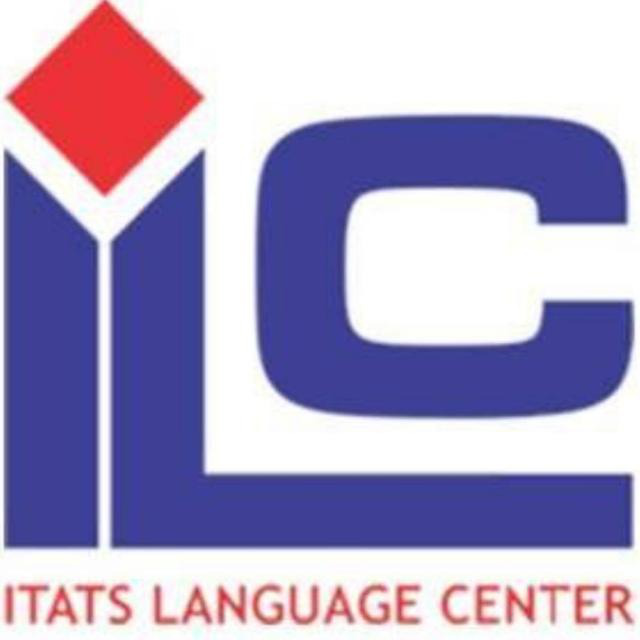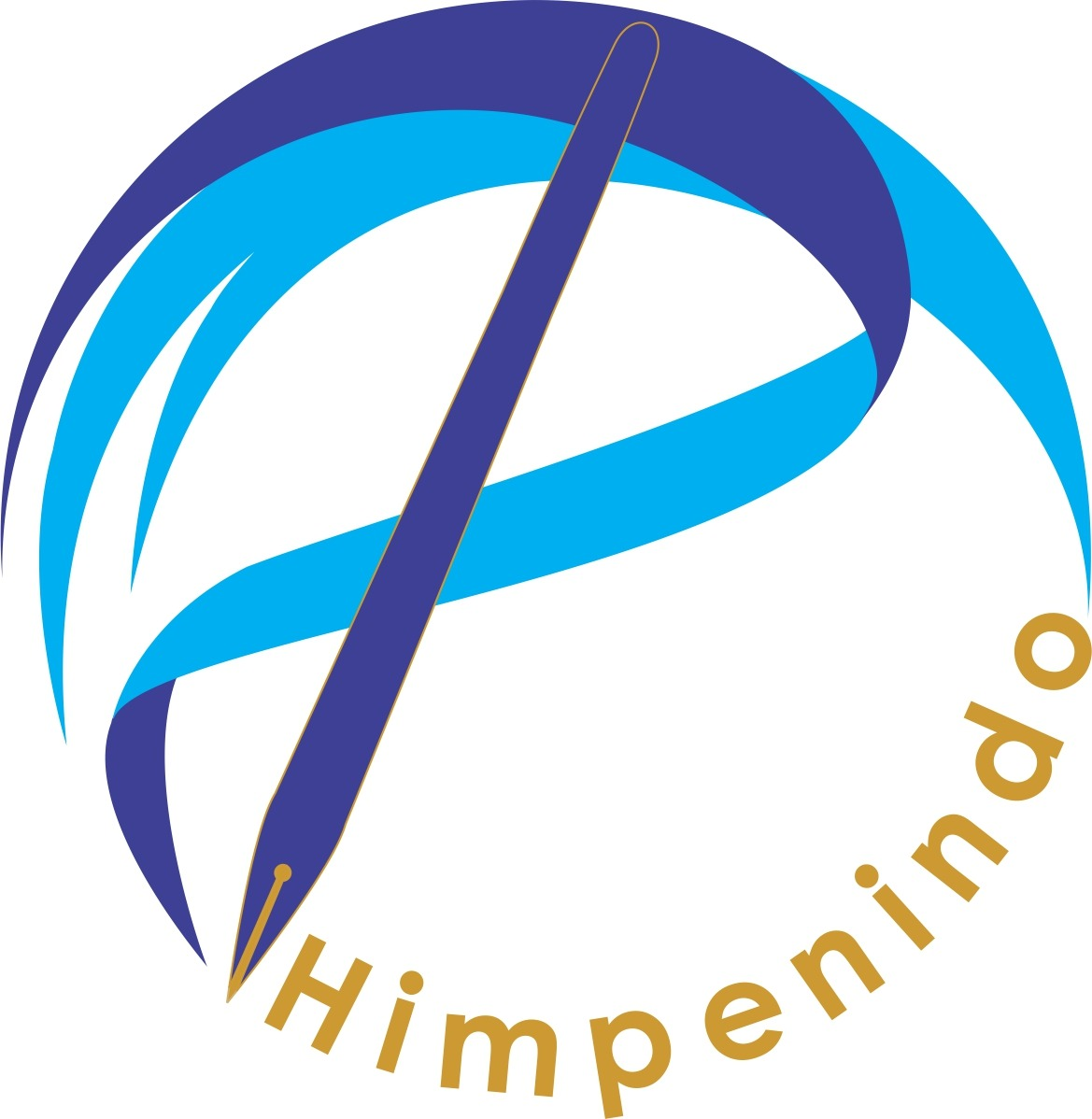Simulation and Optimization of Hybrid Energy Systems for Green Hydrogen Production in Industrial Settings
Abstract
The global push toward Net Zero Emissions (NZE) has positioned green hydrogen as a key component in sustainable energy strategies. In Indonesia, the energy sector contributes over 40% of national emissions, prompting the need for increased renewable energy integration. However, green hydrogen production remains limited due to high costs and dependency on fossil-based electricity. This study focuses on a hydrogen production facility located in the Gresik industrial port area, which currently relies 91% on electricity from the national grid. To address this, we propose a hybrid energy system combining photovoltaic (PV) and grid power. The goal is to reduce the Levelized Cost of Energy (LCOE) while increasing the share of renewable energy in hydrogen production.A simulation-based approach was used, employing HOMER Pro software with real industrial operational data as input. Several scenarios were developed by varying PV capacity and daily load demand. The optimal configuration consisting of a 6.179 MWp PV system and a 5,000 kWh/day load resulted in the lowest LCOE of IDR 2,175/kWh, compared to the baseline of IDR 2,783/kWh. The renewable energy share also increased from 9% to 21%.Additionally, performance analysis showed that the actual PV system efficiency was 21%, slightly lower than its theoretical efficiency due to seasonal weather variations. These results indicate that higher PV integration and larger energy loads significantly improve both cost-effectiveness and renewable energy penetration.This study demonstrates a practical, data-driven approach for optimizing green hydrogen production systems in industrial environments.
Full Text:
PDFReferences
IPCC, "Climate Change 2023: The Physical Science Basis," Intergovernmental Panel on Climate Change, 2023.
NOAA, "Global Carbon Dioxide Concentration," National Oceanic and Atmospheric Administration, 2023.
WMO, "State of the Global Climate 2022," World Meteorological Organization, 2023.
UNFCCC, "The Paris Agreement: Net Zero Emissions by Mid-Century," United Nations Framework Convention on Climate Change, 2022.
IEA, "World Energy Investment 2021," International Energy Agency, 2021.
LHK, "Long-Term Strategy for Low Carbon and Climate Resilience (LTS-LCCR) 2050," Ministry of Environment and Forestry of Indonesia, 2021.
NDC, "Updated Nationally Determined Contribution (NDC) 2022," Ministry of Environment and Forestry of Indonesia, 2022.
Kementerian ESDM, "National Energy Policy and Roadmap for Low Carbon Development," Ministry of Energy and Mineral Resources of Indonesia, 2023.
EBTKE, "Indonesia's Renewable Energy Targets for 2025, 2050, and 2060," Directorate General of New, Renewable Energy and Energy Conservation, 2023.
IESR, "Status of Renewable Energy Development in Indonesia 2023," Institute for Essential Services Reform, 2023.
National Research and Innovation Agency (BRIN), “Research in hydrogen ecosystem map to realise NZE 2060,” BRIN News, Oct. 15, 2023. [Online]. Available: https://www.brin.go.id/en/news/115887/research-in-hydrogen-ecosystem-map-to-realise-nze-2060-1.
IEA, "The Future of Hydrogen: Seizing Today's Opportunities," International Energy Agency, 2022.
IRENA, "Hydrogen: A Renewable Energy Perspective," International Renewable Energy Agency, 2022.
MEI, "Energy Mix and Hydrogen Production in Gresik Industrial Area," Ministry of Energy Indonesia, 2023.
Dewan Energi Nasional, "National Energy Policy and Roadmap for Achieving Net Zero Emissions," National Energy Council of Indonesia, 2021.
A. El-Maaroufi, M. Daoudi, and R. Ahl Laamara, "Techno-economic analysis of a PV/WT/biomass off-grid hybrid power system for rural electrification in northern Morocco using HOMER," Renewable Energy, vol. 231, p. 120904, 2024.
P. B. Singh, B. Baredar, and B. Gupta, "Computational simulation & optimization of a solar, fuel cell and biomass hybrid energy system using HOMER Pro software," Procedia Engineering, vol. 127, pp. 743–750, Dec. 2015.
Z. Zhang, Y. Wang, and M. B. Shadmand, "Optimization of a standalone photovoltaic-based microgrid with electrical and hydrogen loads," Renewable Energy, vol. 162, pp. 1687–1698, 2021.
A. Bovo, N. Poli, A. Trovò, et al., “Hydrogen energy storage system in a Multi-Technology Microgrid: Technical features and performance,” Int. J. Hydrogen Energy, vol. 48, no. 57, pp. 12072–12088, 2023
S. Tatar, H. Akulker, H. Sildir, and E. Aydin, "Optimal Design and Operation of Integrated Microgrids under Intermittent Renewable Energy Sources Coupled with Green Hydrogen and Demand Scenarios," arXiv preprint arXiv:2206.11555, 2022.
J. Smith, A. Brown, and M. Clark, "Hydrogen production through electrolysis: Challenges and opportunities," International Journal of Renewable Energy, vol. 45, no. 2, pp. 123-135, 2021.
D. Rusmanis, Y. Yang, A. Long, et al., “Electrofuels in a circular economy: A systems approach towards net zero,” *Energy Convers. Manag.*, vol. 292, p. 117367, 2023.
A. Amiruddin, A. Liebman, R. Dargaville, and R. Gawler, “Optimal energy storage configuration to support 100% renewable energy for Indonesia,” Energy for Sustainable Development, vol. 81, p. 101509, 2024.
DOI: https://doi.org/10.31284/j.jmesi.2025.v5i2.7795
Refbacks
- There are currently no refbacks.

This work is licensed under a Creative Commons Attribution-NonCommercial 4.0 International License.
Published by:
Mechanical Engineering Department - Institut Teknologi Adhi Tama Surabaya
Editorial Address
Journal of Mechanical Engineering, Science, and Innovation is licensed under CC BY-NC 4.0








